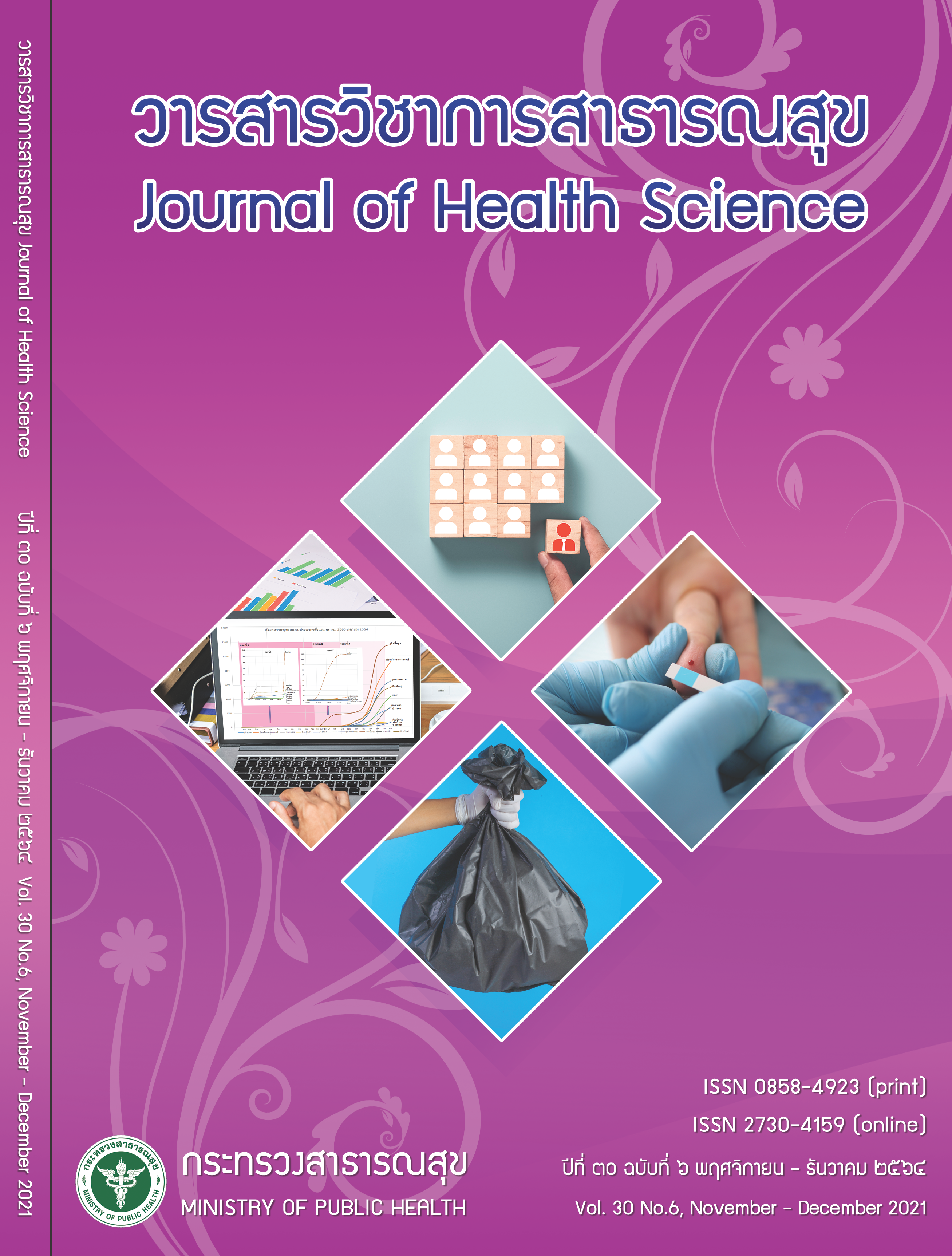Efficiency Development and Validate Method in Quantitation of Methamphetamine in Drug Addict by Headspace - GC/MS
Keywords:
methamphetamine, amphetamine, headspace-GC/MSAbstract
The objective of this study was to develop and validate a method for the quantitation of methamphetamine and amphetamine (metabolite) in urine by using Headspace – Gas Chromatograph Mass Spectrophotometer (Headspace - GC/MS). In the process, methamphetamine was extracted from urine sample by vaporization with potassium carbonate. Phentermine was used for internal standard and derivertized with ethyl chloroformate. The result of validation method shown that, both of the limit of detection (LOD) and the lower limit of quantification (LLOQ) for methamphetamine and amphetamine were 50 ng/ml and 250 ng/ml, respectively. Linearity and range were 250 – 3,000 ng/ml; and correlation coefficients (r) of methamphetamine and amphetamine were 0.9979 - 0.9994 and 0.9982 - 0.9990 respectively. The accuracy was at 89.42-111.07%. The precision shown by %CV was 1.91-10.86. Comparison between this method and conventional method (TLC) revealed that the analytical process reduced from 15 to 8 steps and reduced the time of service from 7 days to 4 days. Reduced type and quantitation of chemicals substance and reduced chemicals substance contaminate to environment, therefore, increase safety for workers. The validation of this method found sensitivity and specificity were in line with the legal requirement of Thailand.
Downloads
Downloads
Published
How to Cite
Issue
Section
License

This work is licensed under a Creative Commons Attribution-NonCommercial-NoDerivatives 4.0 International License.







